Three terms are important when discussing authority and responsibility in the military: rank, rate, and grade. A military member's "rank" determines their status and authority in comparison to other military members. The Navy/Coast Guard calls it "rate," for enlisted sailors. The other services refer to it as "rank."
"Grade" is used for personnel and pay functions. Military personnel across the services receive the same base pay, based on their rank and time-in-service. But as the "ranks" are named differently in different services, so save confusion, "grade" is used. For example, the lowest enlisted rank in the Air Force is called "Airman Basic." That person is in the grade of E-1, and receives the same basic pay as an E-1 in the Army, who has the "rank" of "Private." An E-2 in the Air Force is termed "Airman." He/she is in the same pay grade as an E-2 in the Marine Corps, which is a "Private First Class." The "E-2" indicates they are one step above the lowest enlisted rank (E-1 is lowest, E-2 is next, E-3, E-4, etc., all the way up to E-9), no matter what their "rank" is called by their respective branch of service.
All commissioned officers "out-rank" all warrant officers and enlisted members. All warrant officers "outrank" all enlisted members. In other words, a brand new commissioned officer in the grade of O-1, would "out-rank" a grisly old Army Sergeant Major, in the grade of E-9 (however, any 2nd lieutenant stupid enough to unnecessarily "pull rank" on such would quickly find him/herself having a talk with his/her own boss).
Subscribe to:
Post Comments (Atom)

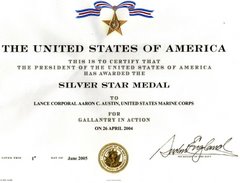
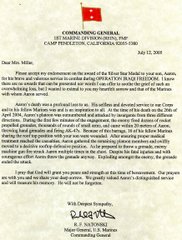
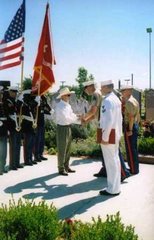


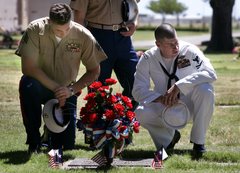









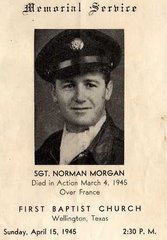














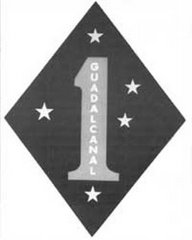
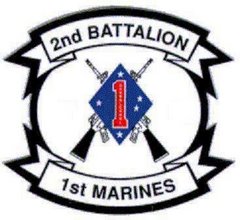






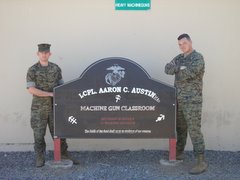




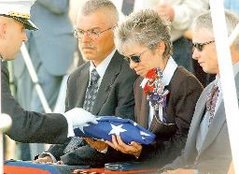


1 comment:
I can't remember where I lifted this from. However, the credit is not due me, but some "Ask Military" link.... :0
Post a Comment